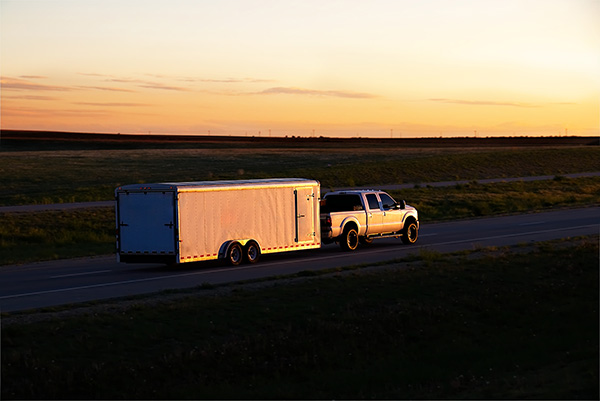
Owning a pickup truck means you’ve got the power and versatility to haul heavy loads, tow trailers, and handle demanding jobs. But just because your truck can carry or pull a lot doesn’t mean it should—especially if you’re not clear on what your truck’s payload and towing limits actually are. Pushing those limits too far can damage your suspension, overwork your brakes, and create serious safety hazards on the road.
Whether you’re loading up a bed full of equipment or hitching up a trailer, understanding your truck’s capabilities helps prevent costly repairs and dangerous driving situations.
What Is The Payload Capacity
Payload refers to everything you put in the truck—that includes cargo in the bed and cabin, passengers, tools, equipment, and even the tongue weight of a trailer. It’s determined by the manufacturer and based on the strength of the frame, suspension, and axles.
Payload capacity is different from towing capacity. It’s easy to confuse the two, but payload is about how much weight your truck can carry, not pull. If you exceed the payload rating, you’ll notice the rear end sagging, poor handling, longer stopping distances, and faster wear on suspension parts.
Even worse, overloading can affect your ability to control the vehicle, especially during emergency maneuvers or sudden braking.
Understanding Towing Capacity
Towing capacity is how much weight your truck can safely pull behind it. This includes trailers, boats, campers, and any cargo inside them. Just like payload, your truck’s towing limit depends on engine power, transmission, frame strength, and braking capability.
Manufacturers calculate towing capacity using a number called the Gross Combined Weight Rating (GCWR). That’s the maximum weight of your fully loaded truck plus the fully loaded trailer. To find out how much you can tow safely, subtract your truck’s actual weight (with cargo and passengers) from the GCWR.
Ignoring this balance can cause overheating, premature transmission wear, or total brake failure—especially when towing on hilly terrain or in high-heat conditions.
Tongue Weight Also Counts
Don’t forget about tongue weight when towing—the downward force the trailer applies to your truck’s hitch. This weight adds to your total payload and affects how level the truck rides.
Too much tongue weight can cause poor steering and sagging suspension. Too little can cause sway and loss of control at highway speeds. Ideally, tongue weight should be about 10-15% of the total trailer weight.
If your truck already has a full bed and multiple passengers, it’s easy to exceed payload by simply attaching a trailer with too much tongue weight.
What Happens If You Exceed the Limits
It may not seem like a big deal if you’re only “a little” over the limit, but even a hundred extra pounds can:
- Wear out shocks, leaf springs, and tires
- Reduce stopping power and increase braking distances
- Overheat the engine or transmission
- Lead to poor handling or sway
- Void your warranty and insurance coverage
Exceeding weight ratings doesn’t just hurt your truck—it also puts you and everyone around you at risk.
Stay Within Safe Limits
To avoid overload issues, start by checking the following on your vehicle:
Gross Vehicle Weight Rating (GVWR) – Max total weight of truck, passengers, and cargo.
Gross Axle Weight Ratings (GAWR) – Max weight for each axle (front and rear).
Towing capacity and GCWR – Max total weight of the truck and trailer combined.
Curb weight – The empty weight of your truck.
These numbers are usually found on a label inside the driver-side door. If you’re unsure how your load stacks up, you can visit a local weigh station or use portable scales to get an accurate reading.
If you're towing frequently, installing a weight distribution hitch, trailer brake controller, or adding helper springs can help maintain safe performance.
Whether you’re hauling equipment or heading out with a trailer, Lorentz Automotive in Lewisville, TX, provides the expert advice and upgrades you need for safer towing and hauling.